The world's surface has been largely carved up among the world's sovereign states, and each piece is owned by one specific state.1 Boundary disputes do occur, but for the last century or more, the largest frontier of international territorial law has been at sea.
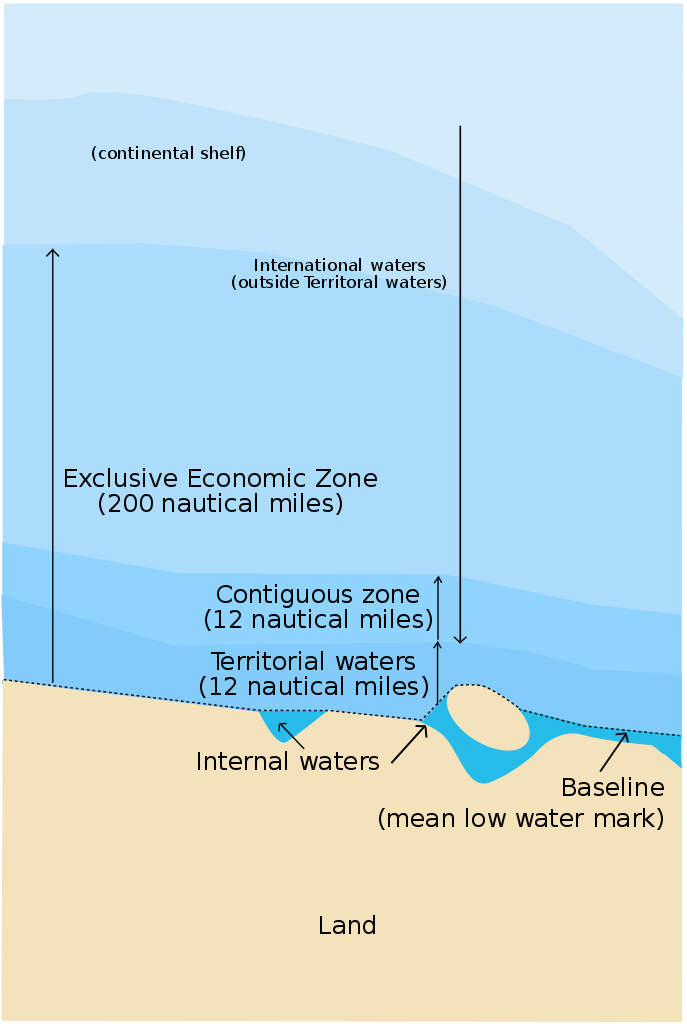
Various categories of territorial waters
From the 16th century until the early 20th century, international law was relatively simple. A state was generally accepted to be able to lay claim to and control any waters up to three nautical miles2 from its coast, and anything beyond that was the high seas, which were not controlled by any state, and were free to the use of all nations in peacetime. The three-mile limit is traditionally ascribed to the range of contemporary cannon, although it's more likely that it originated with the distance to the horizon from someone standing at sea level.3 Within this limit, a state essentially had the same jurisdiction that it did on land. By WWII, however, this consensus had begun to crack, and a number of countries began asserting much greater territorial jurisdiction, in some cases up to 200 miles out to sea. Much of this had to do with fishing rights, as conservation of fish stocks was an increasing concern. Expanded claims sparked conflict between those nations making them, including Peru, Indonesia, Ecuador and Chile, and the major maritime powers, led by the US, who refused to recognize anything beyond 3 miles. Read more...


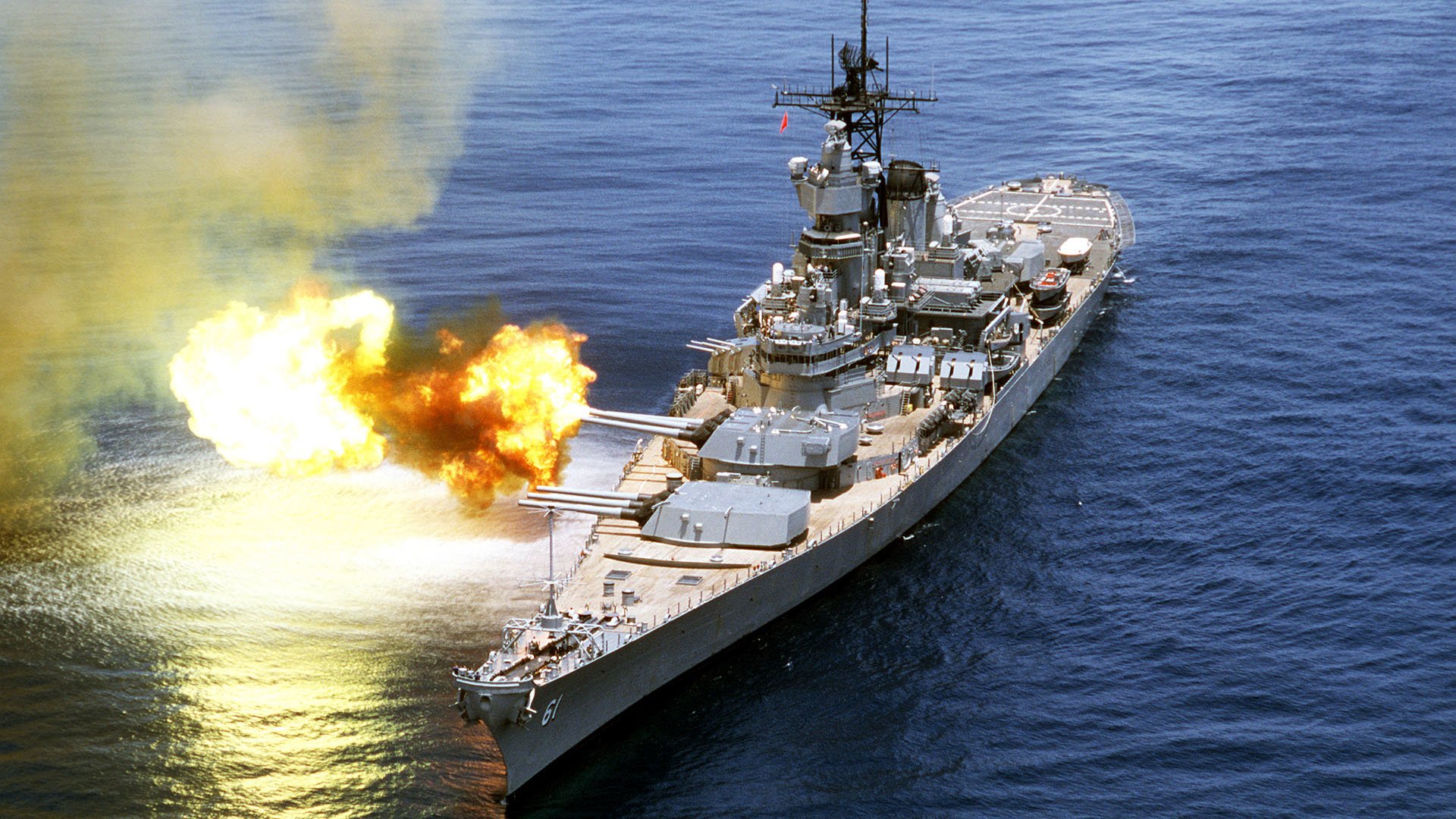
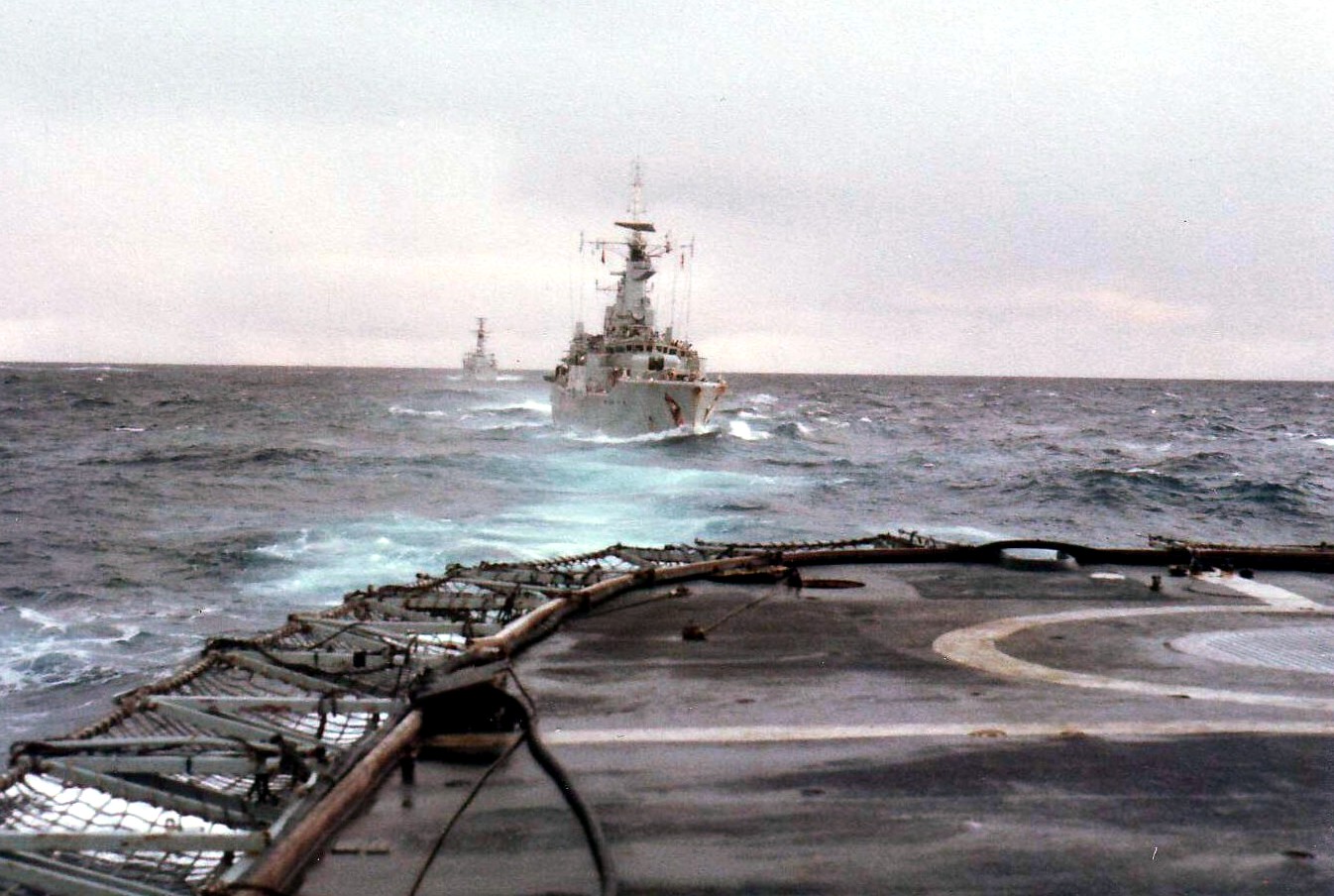
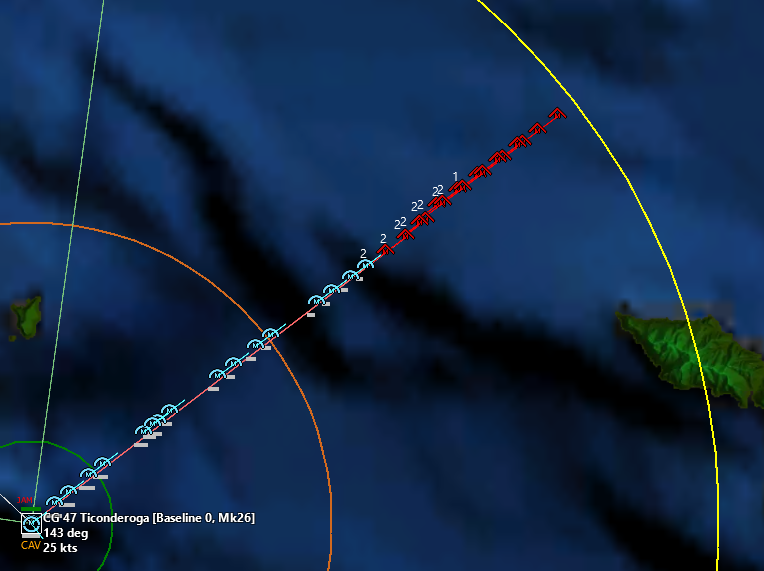
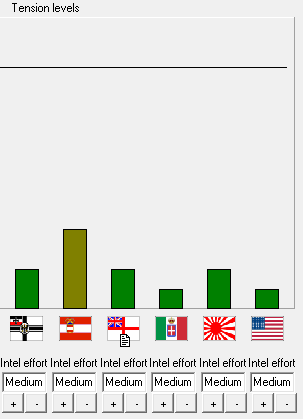
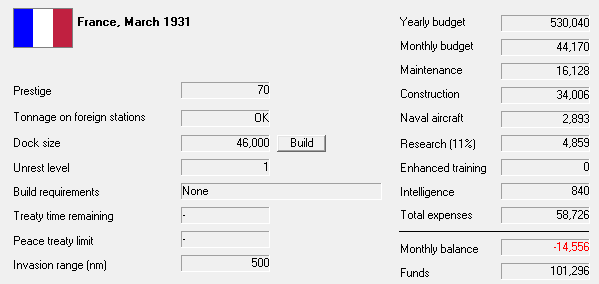

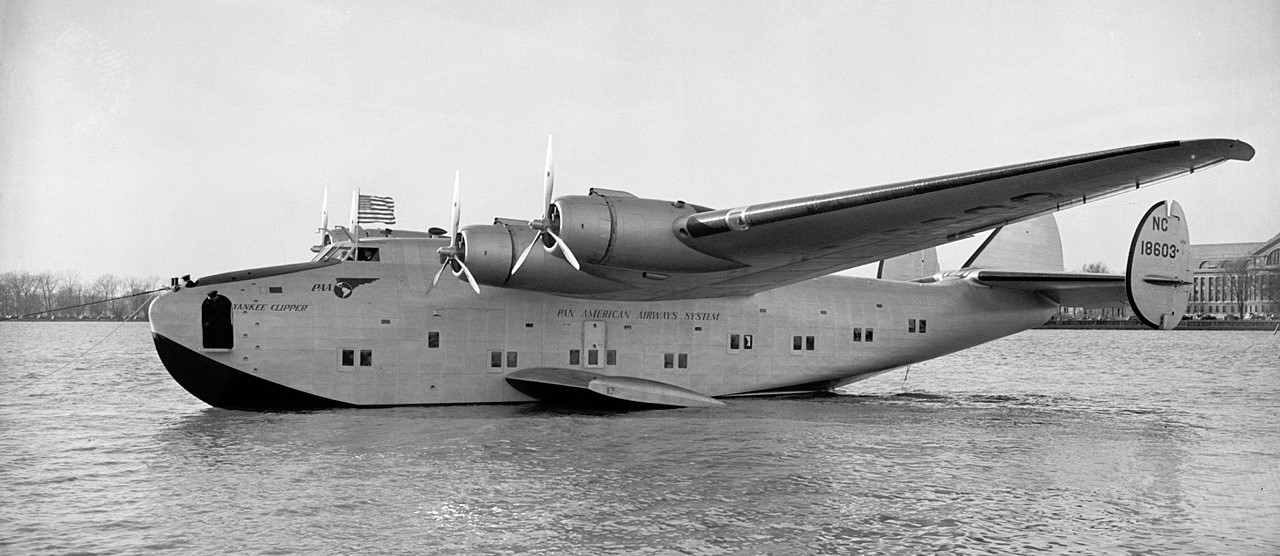
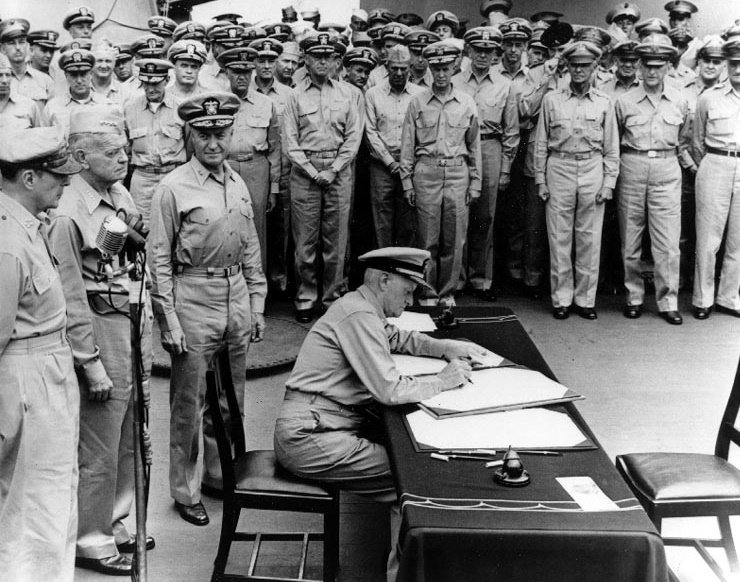
Recent Comments